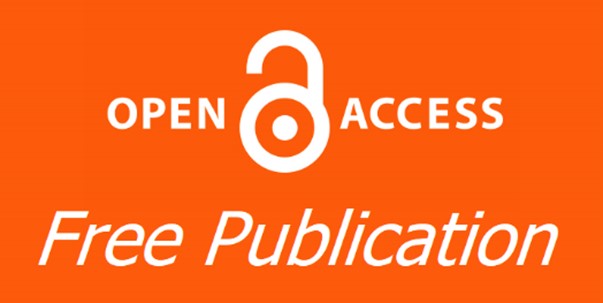Article Type
Article
Abstract
Introduction
Endoscopic management of cerebrospinal fluid (CSF) rhinorrhea is considered by many as the ideal approach due to its low morbidity and higher closure rate. However, many challenges and controversies are still reported.
Objective
The aim was to discuss the challenges of endonasal repair of CSF leaks and controversies regarding the use of intrathecal fluorescein (ITF) and the number of graft layers.
Materials and methods
This retrospective study included 30 patients who had had endoscopic repair for their CSF rhinorrhea in our institute between July 2015 and June 2017. Fifteen (50%) patients were managed using the two‑layer repair without ITF injection (group I), while the remaining were managed using three or more graft layers and ITF (group II).
Results
The study included 30 patients: 17 (57%) women and 13 (43%) men. Their age ranged from 4 to 68 years with mean ± SD = 38 ± 15.86 years. Eighteen cases presented with spontaneous leaks (nine of them had normal CSF pressure). Four (13.3%) cases had defects in the posterior wall of the frontal sinus while other defects involved the fovea ethmoidalis, lateral lamella, and the cribriform plate of the ethmoid. Success rate was equal in both groups (93%).
Conclusion
Endoscopic management of CSF rhinorrhea has many challenges including repair in the pediatric population and anatomical areas with difficult accessibility, for example, frontal sinus leaks. It requires good endoscopic visualization and endoscopic instrumentation facilities in addition to experienced surgical hands. Double‑layer repair and avoidance of ITF show the same success rate as other more time‑consuming strategies with life‑threatening complications.
Keywords:
CSF, Endoscopic, Challenges, rhinorrhea.
Recommended Citation
ElTaher M, Ahmed M, Ismail A,
et al.
Challenges and controversies in endoscopic management of cerebrospinal fluid rhinorrhea.
Pan Arab J. Rhinol.
2020;
10 : 17-20.
Available at:
https://pajr.researchcommons.org/journal/vol10/iss1/5
DOI: https://doi.org/10.4103/pajr.pajr_18_19
















